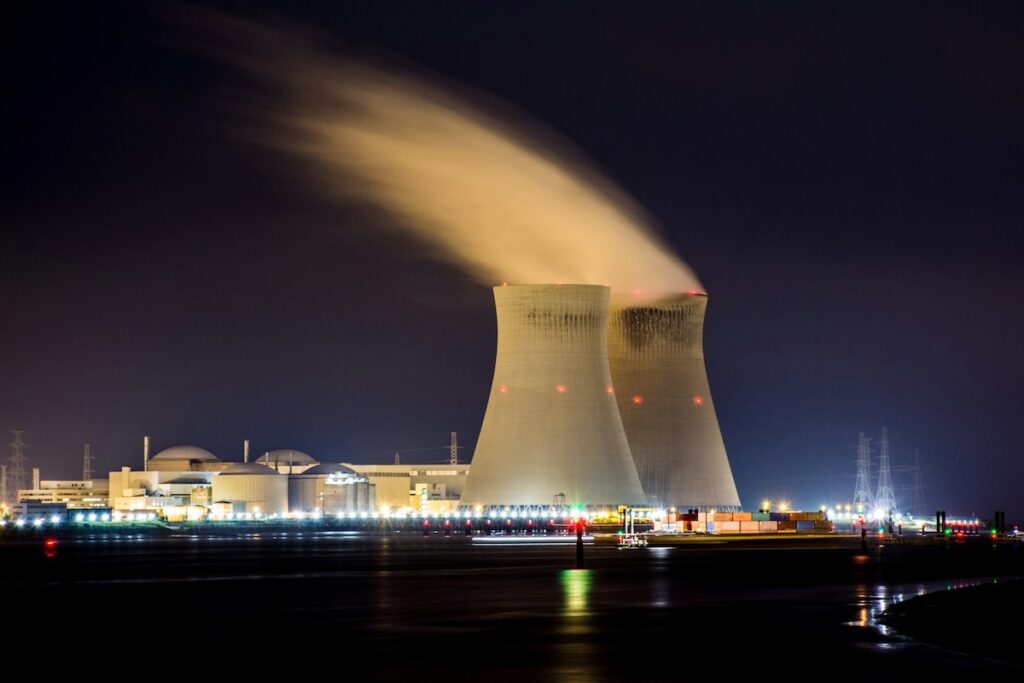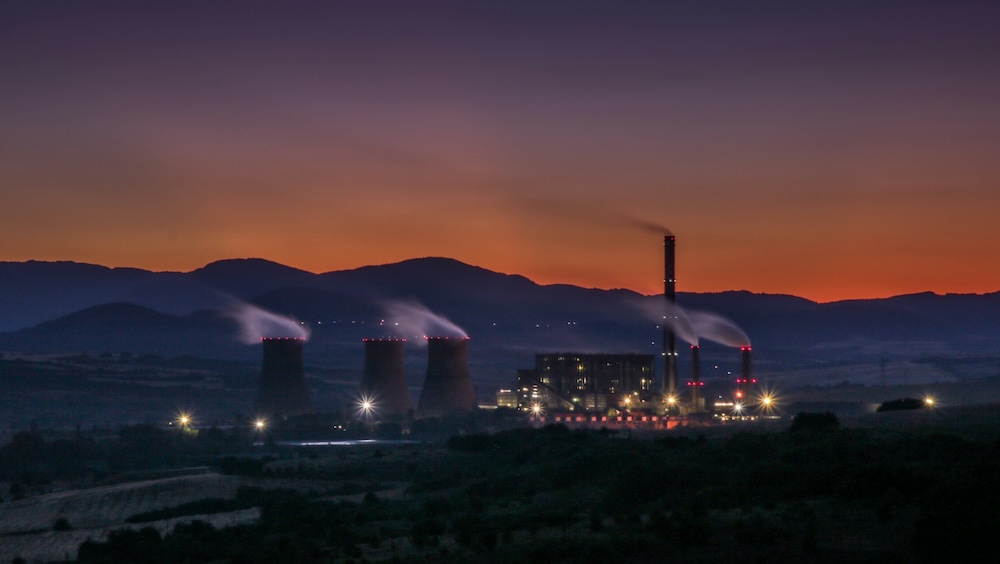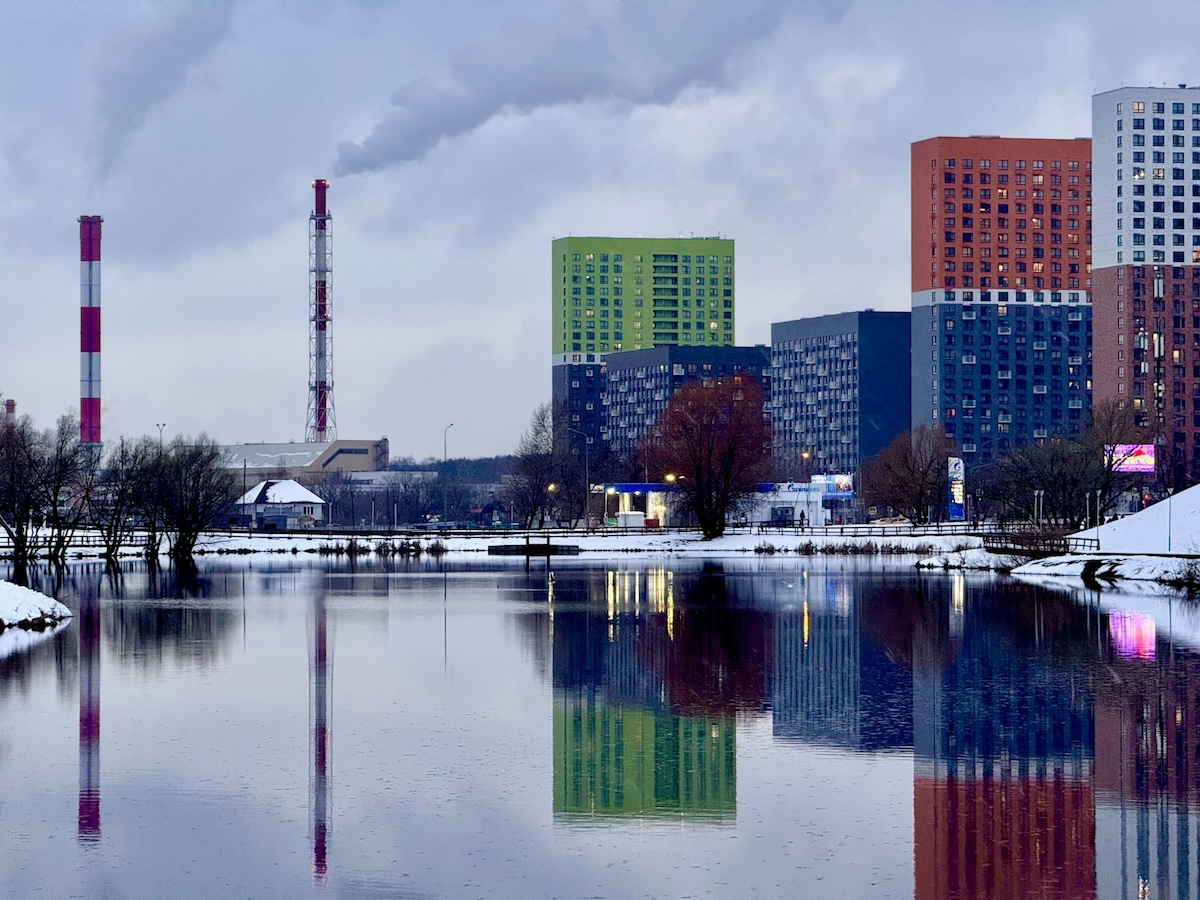
Why global nuclear collaboration is the key to a clean energy future
From Europe to Africa and Asia to the Middle East, nuclear energy is once again at the forefront of global energy strategies. As nations double down on their climate commitments and race to secure stable, low-carbon power, interest in nuclear is growing rapidly. Yet, while national programs and proprietary technologies matter, one truth is becoming increasingly clear: global nuclear collaboration is the future—or the future of nuclear energy won’t happen at all.
Why nuclear needs global thinking
Nuclear energy is not merely a domestic concern. It is shaped by international fuel markets, global safety standards, and collective efforts to meet climate targets. The IAEA estimates that nuclear capacity must more than double by 2050 to support global decarbonization goals. Achieving that will require more than individual effort—it will demand global thinking.

Collaborative frameworks enable countries to mitigate financial and technical risks by forming joint ventures and participating in multilateral funding models. This enables ambitious projects to get off the ground more quickly and efficiently. International cooperation also promotes the standardization of licensing and safety protocols, which improves project timelines and enhances public trust. Additionally, pooling expertise and research efforts across borders fuels innovation, thereby accelerating the deployment of advanced technologies, such as small modular reactors (SMRs) and next-generation systems.
Programs like the NICE Future initiative, European collaborative fusion research (where the Fusion For Energy, the EU fusion agency is involved in ITER), and bilateral agreements between nuclear leaders such as France, Canada, and Japan demonstrate that international cooperation is no longer optional—it’s foundational.
Challenges of global nuclear work

Despite the benefits, international nuclear collaboration comes with a unique set of challenges. The most immediate is regulatory fragmentation. Every country has its own nuclear regulatory body, which sets differing criteria for safety, environmental assessment, and project approval. This patchwork creates complexity for companies attempting to deploy standardized technologies across multiple markets.
Local alignment is another significant hurdle. Projects may span countries, but they land in communities. That means international partners must take the time to understand local socio-political dynamics, public sentiment, and regional development needs. Without this local buy-in, even the best-laid technical plans can stall.
Cultural and institutional differences can also strain multinational partnerships. Different working languages, management styles, and operational expectations can slow progress or lead to misunderstandings if not proactively managed. Trust and clarity must be built through consistent engagement, shared goals, and transparent communication.
To work across borders effectively, nuclear players must be both globally minded and locally anchored—a combination that demands strategic foresight and cultural fluency.
International partnerships in action
Several international partnerships and agreements illustrate the growing importance of global collaboration. The UAE’s Barakah nuclear power plant was built through a collaboration between the Emirates Nuclear Energy Corporation and Korea Electric Power Corporation. This cross-border partnership enabled technology transfer, local workforce development, and knowledge exchange.
Similarly, France and India have engaged in long-term cooperation around nuclear technology, with plans for six EPR reactors at the Jaitapur site. South Korea has developed strong nuclear export partnerships with countries like Egypt, Poland, and Saudi Arabia, while China is extending its nuclear technology to Pakistan and make a dent a trying to enter the European market with Bradwell B in the UK.
The United States has made global cooperation a central pillar of its advanced reactor strategy, working closely with Canada and the UK to harmonize regulatory frameworks and support the deployment of small modular reactors. Additionally, the Partnership for Transatlantic Energy and Climate Cooperation (P-TECC) and the Clean Energy Ministerial’s NICE Future initiative exemplify multilateral efforts to align international development.
Global forums and summits are essential. Platforms like the IAEA General Conference, the World Nuclear Exhibition, and the Nuclear Energy Summit provide critical spaces for governments, regulators, and industry leaders to align on shared goals, showcase innovations, and address collective challenges. The 2023 pledge by more than 30 countries to triple nuclear capacity by 2050—signed at COP28—highlights the scale and urgency of global alignment.
These examples reinforce that no country can afford to act in isolation. A connected, cooperative global approach is not just an advantage—it’s a necessity.
The path forward
The global nuclear revival is underway. But to avoid duplication, inefficiency, and public resistance, we must act in concert. Collaboration is the foundation for a resilient, responsive, and forward-looking nuclear sector.
The coming decades will see nuclear energy deployed in new ways, from powering green hydrogen production to supplying clean heat for industry. These advances will only scale if a cohesive global effort supports them. Regulatory convergence, shared innovation, and multilateral financing are not distant ideals—they are immediate requirements.
In this new landscape, success will belong to those who can bridge divides and align diverse actors around a common purpose. The next chapter of nuclear energy won’t be written country by country. It will be written together.




